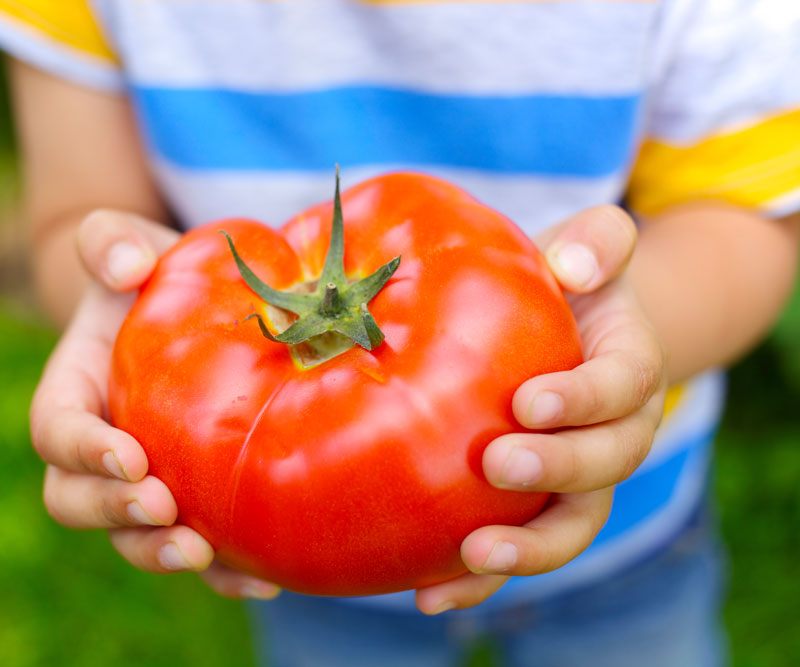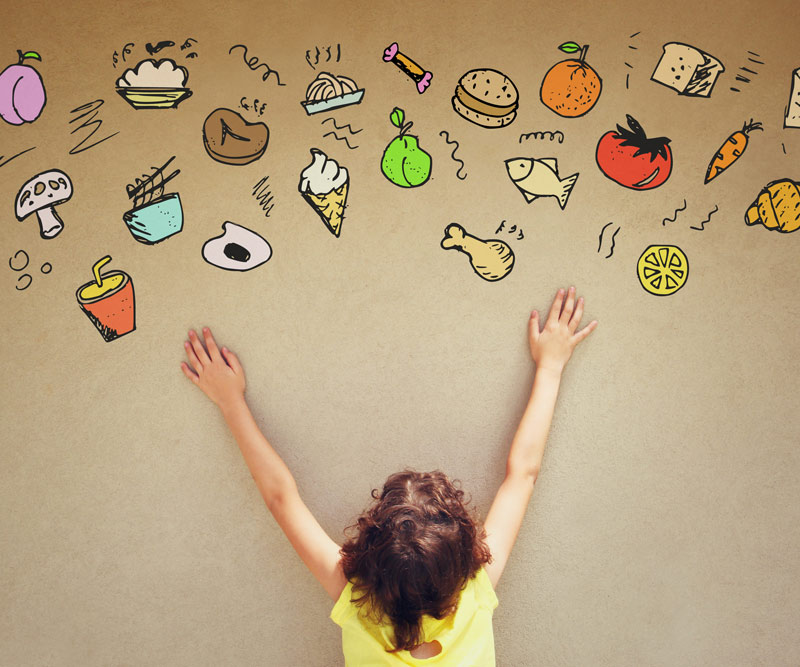
Hidden Nutritional Pitfalls of Health Foods
Salad, orange juice, granola and yogurt – some foods people often perceive as healthy may not be as nutritious as believed.
This health halo effect – the overestimation of a food’s nutritional benefits based on a single claim, such as being low fat or organic – is especially problematic in foods promoted to children.
"While marketed as convenient and nutritious snacks, many 'health' foods can be high in added sugars, unhealthy fats and calories," says Dr. Erika Noel, a Hawaii Pacific Health Medical Group pediatrician with Kauai Medical Clinic.
For example, flavored yogurts and fruit juices often contain high amounts of added sugars to enhance taste.
Similarly, granola bars and even store-bought salad dressings can contain unhealthy fats, added sugars and preservatives.
All these empty calories add up. According to Noel, childhood obesity has increased almost twofold in the last 10 years, highlighting the urgency of promoting healthy eating habits from a young age. In Hawaii, where approximately one in five children ages 10 to 17 have obesity, addressing nutrition becomes even more imperative.

"Adequate nutrition supports children's physical growth and development, cognitive function and immune system, setting them up for a healthier future," Noel says. "By prioritizing proper nutrition, we can help combat the rising rates of childhood obesity and empower keiki to lead healthier lives."
In response to this "ever-growing crisis of preventable, diet-related chronic diseases in the U.S.," the FDA updated its definition of the nutrient content claim "healthy" in December 2024.
"It's critical for the future of our country that food be a vehicle for wellness," said FDA Commissioner Robert M. Califf, MD, in the news release announcing the update. "Improving access to nutrition information is an important public health effort the FDA can undertake to help people build healthy eating patterns."
Parents, caregivers, schools and communities also play important roles in creating environments that support and encourage healthy eating habits in children.
Here are some strategies Noel shares to help kids fill their plates with healthier options:
- Offer a variety of nutritious foods. Introduce children to a wide range of nutritious foods from an early age, including fruits, vegetables, whole grains, lean proteins and healthy fats. Encourage experimentation with different flavors, textures and cuisines to expand their palate.
- Learn to read food labels. Look at the ingredient list of a packaged food, not just the nutrition facts. Watch out for hidden sources of added sugar, unhealthy fats, sodium and chemicals.
- Make healthy foods accessible. Keep a variety of healthy snacks and ingredients readily available at home, such as cutup fruits and vegetables, whole-grain crackers, plain yogurt, nuts and hummus. Make unhealthy options less accessible by limiting their availability in the home.
- Involve children in meal preparation. Allow children to participate in meal planning, grocery shopping and cooking whenever possible. This not only teaches valuable life skills but also fosters a sense of ownership and excitement about healthy eating.
- Limit sugary drinks and treats. Offer water or milk as the main beverages, and limit sugary drinks like soda, fruit juice and sports drinks. Reserve sweets and treats for occasional indulgences rather than everyday snacks.
- Seek professional guidance if needed. If you have concerns about your child's eating habits or nutrition, consider consulting with a registered dietitian or pediatrician for personalized guidance and support.
Published on: December 26, 2024




